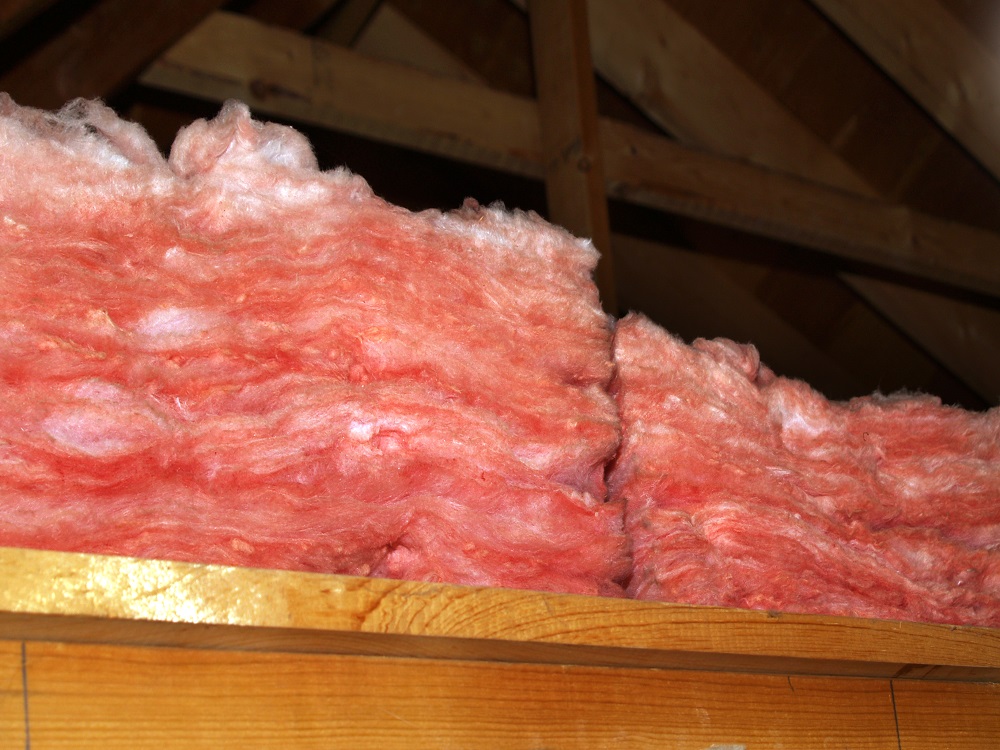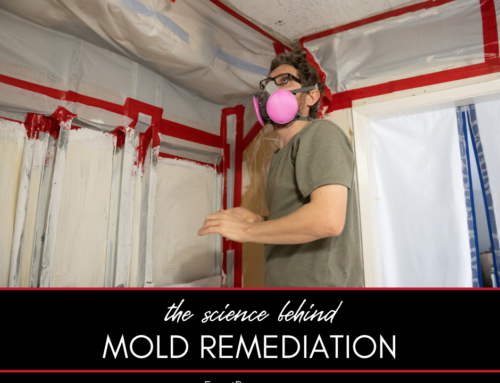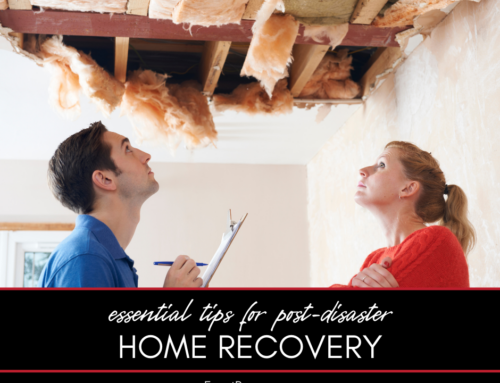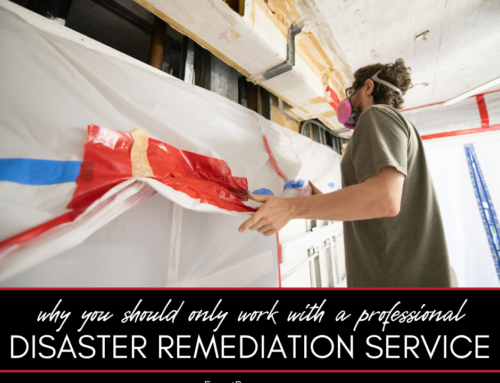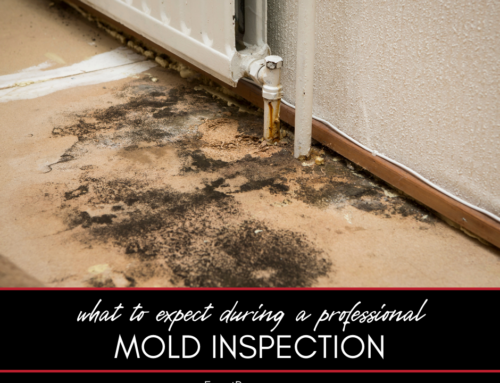If your home’s insulation gets wet, it likely needs to be replaced. This guide explains why.
What Happens if Your Home’s Insulation Gets Wet?
When insulation gets wet, it can’t provide your home with the protection it needs – and in most cases, you need to replace it. That’s true whether it gets wet due to a burst pipe, a leaking roof, firefighters’ hoses or any other reason. In fact, insulation is one of the first casualties of water damage – and although you may be able to fix or salvage some of it, there’s a chance you need to rip it out and have new insulation installed.
Why Wet Insulation Doesn’t Work
When insulation gets wet, it can’t stop heat transfer. In fact, even damp insulation loses about 40 percent of its R-value.
What is R-Value?
R-value is a measurement of how well a particular type of insulation can prevent heat transfer. R-values can vary significantly and depend on the type, thickness and density of the insulation. The higher an R-value is, the better it’s supposed to perform.
What About Mold?
Mold can easily grow in wet insulation. In fact, fiberglass is designed to trap airborne mold – and that means it can grow on the fiberglass insulation’s paper backing.
What Should My Insulation’s R-Value Be?
In southern Michigan, experts recommend that you choose insulation with an R-value between R13 and R15 for 2 x 4 walls and with an R-value between R19 and R21 for 2 x 6 walls. It should be between R49 and R60 in your attic, R25 and R30 for your floor and crawlspace.
Do You Need a Disaster Remediation Expert in Washtenaw County or Jackson County?
If your home has already been damaged, we can help. Check out our services and call Exact Recon for your free disaster remediation quote today. We offer:
Sewer cleanup and disinfecting


